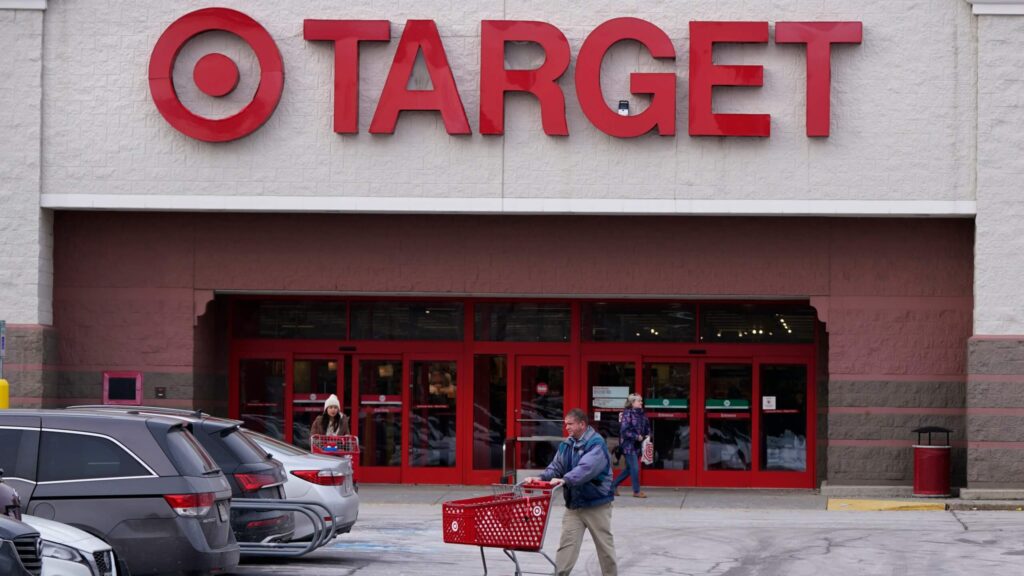Strong Q3 Performance Amidst Inflation Pressures: Target, the Minneapolis-based retailer, has reported better-than-expected profits and sales in its third quarter, demonstrating resilience amidst challenges posed by inflation. While revenue slipped more than 4%, the company’s profitability exceeded analyst projections, benefiting from effective cost management strategies.
Customer Trade-offs Amidst Inflationary Pressures: Despite continued customer spending, many are grappling with the impact of higher costs on their discretionary income. Inflation has led consumers to make tough decisions about their purchases, with a focus on essentials. Target CEO Brian Cornell highlighted that higher interest rates, increased credit card debt, and reduced savings rates have left customers with less discretionary income, prompting them to make trade-offs in their spending.

Quarterly Financial Highlights:
- Target reported a third-quarter profit of $971 million, or $2.10 per share, compared to $712 million, or $1.54 per share, in the same period last year.
- Revenue saw a 4.2% decline, falling to $25.4 billion from $26.52 billion in the year-ago period.
- Analysts were expecting a profit of $1.47 per share on revenue of $25.29 billion, making Target’s results surpass expectations.
Strategic Adjustments and Inventory Management: Target has been adjusting its inventory strategy after facing challenges related to excess inventory last summer. The company is cutting back on discretionary purchases like clothing and trendy home furnishings, focusing on beauty items and necessities like food. By the end of the third quarter, inventory was down by 14%, showcasing the effectiveness of this approach.
Holiday Season Initiatives: To attract shoppers during the holiday season, Target plans to offer over 10,000 new items, including thousands of gifts under $25 and exclusive-to-Target items across various categories. The retailer aims to cater to evolving consumer preferences and boost sales during the festive period.
Challenges and Outlook: While Target has navigated challenges related to inventory management, cultural controversies, and rising theft, it remains more vulnerable than some of its big-box counterparts. Over 50% of Target’s annual sales come from discretionary items, making it more sensitive to consumer spending fluctuations. The company expects comparable sales in a wide range around a mid-single digit decline for the fourth quarter, with earnings per share projected at $1.90 to $2.60.
Market Response: Target’s shares surged nearly 15% before the opening bell on the back of the positive quarterly results, indicating investor confidence in the company’s ability to navigate challenging market conditions.









